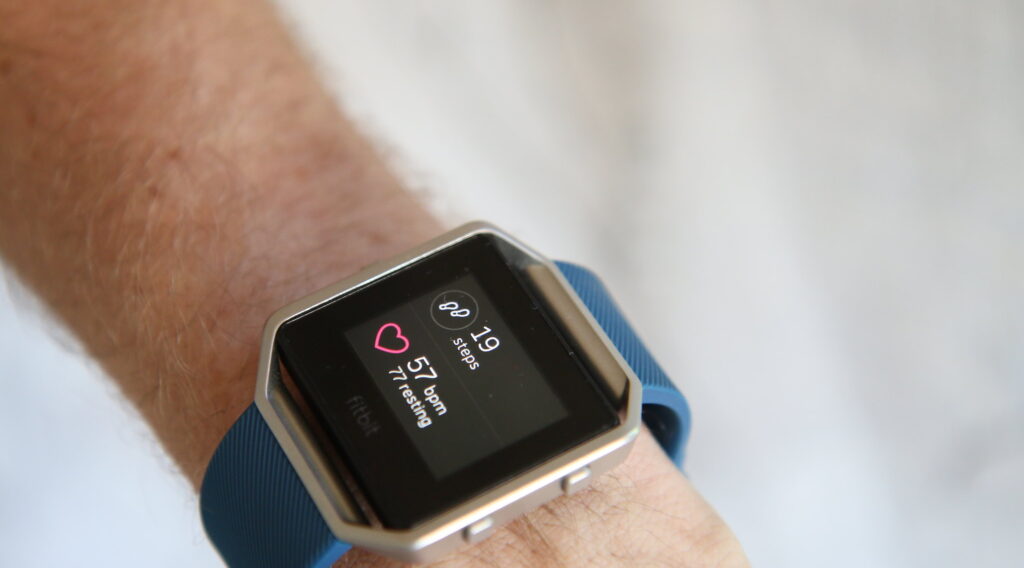Are Fitbit zone minutes accurate? This article is designed to answer that question in detail.

The Verdict: Are Fitbit Zone Minutes Accurate?
Fitbit Zone Minutes have rapidly emerged as a key metric for users. Designed to provide a nuanced understanding of workout intensity, the primary question is: Are they accurate?
Generally, Fitbit Zone Minutes are indeed reliable. Built on sophisticated technology, they capture the essence of physical activity by focusing on specific heart rate zones.
However, as with many technological innovations, perfection is elusive. While the readings are predominantly accurate, there can be occasional variances based on several factors, which we’ll explore further in the subsequent sections.
How Fitbit Calculates Zone Minutes
The brilliance of Fitbit Zone Minutes lies in its ability to go beyond traditional metrics like step count. Instead of merely tracking movement, Fitbit Zone Minutes measures the intensity of that movement. Here’s how it works:
Continuous Heart Rate Monitoring: Fitbit devices are equipped with sensors that continuously track your heart rate throughout the day.
Heart Rate Zones: Based on your age and resting heart rate, Fitbit calculates your maximum heart rate. From this, it determines different heart rate zones, including “Fat Burn,” “Cardio,” and “Peak.” Each zone represents a range of heart rate beats per minute.
Zone Minute Allocation: Fitbit awards Zone Minutes based on the time you spend in the “Cardio” and “Peak” zones. The idea is to motivate users to achieve and maintain higher-intensity workouts, as these provide more health benefits.
Factors Influencing Accuracy
While Fitbit Zone Minutes are designed for precision, certain variables can influence their readings. Recognizing these factors can help users interpret their data more effectively:
Placement of the Device: The position of the Fitbit on your wrist plays a significant role. If it’s too high or too low from the recommended placement, the device might not pick up heart rate changes efficiently, leading to skewed Zone Minute readings.
Skin Type and Tattoos: Optical sensors measure heart rate by detecting changes in blood flow. Darker skin tones or tattoos can sometimes interfere with this process, potentially causing inaccuracies in the heart rate and, consequently, Zone Minute calculations.
Type of Activity: Activities that involve significant wrist movements, like tennis or weightlifting, can occasionally produce inconsistent readings. The device might misinterpret the wrist movement for elevated heart rate.
Maximizing Accuracy
While the Fitbit technology is advanced, users can take certain measures to ensure they obtain the most accurate Zone Minute readings:
Wear it Right: Ensure the Fitbit is worn snugly, but comfortably, on the wrist. It should neither be too tight, which might restrict blood flow, nor too loose, which could lead to erratic readings.
Regular Cleaning: The sensors on the device can accumulate sweat, dirt, or other residues after workouts. Periodic cleaning can prevent potential interference with the device’s ability to detect heart rate.
Avoid Obstructions: Thick hair or chunky jewelry can act as barriers between the sensor and your skin, so it’s best to minimize such obstructions for optimal performance.